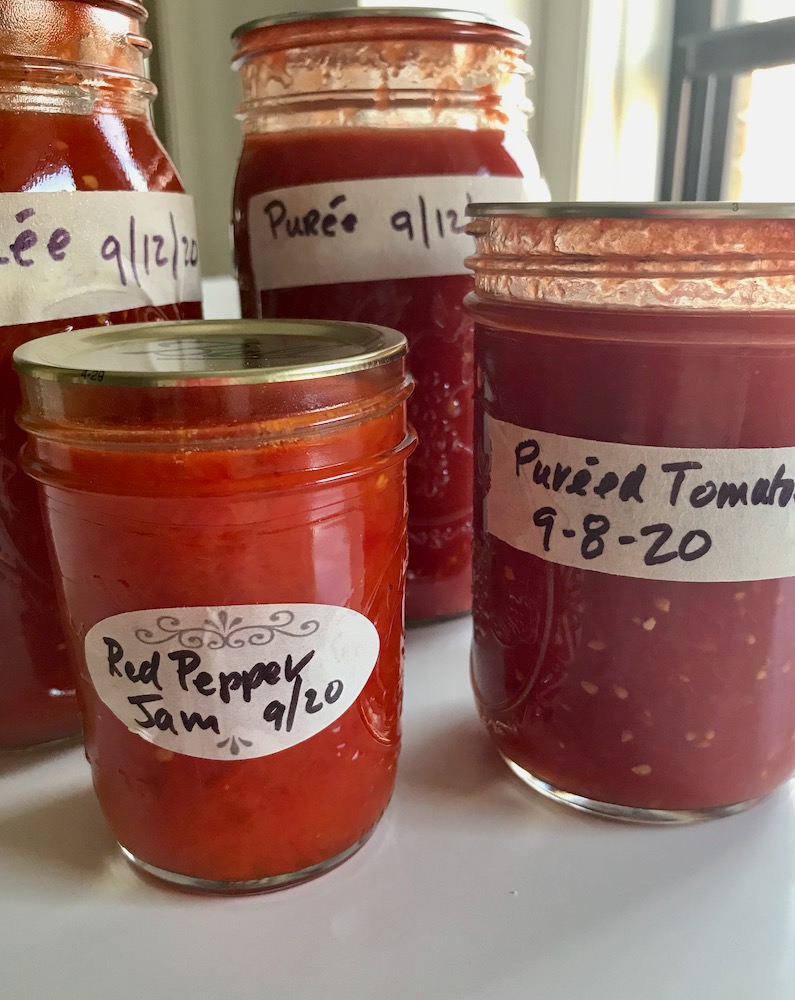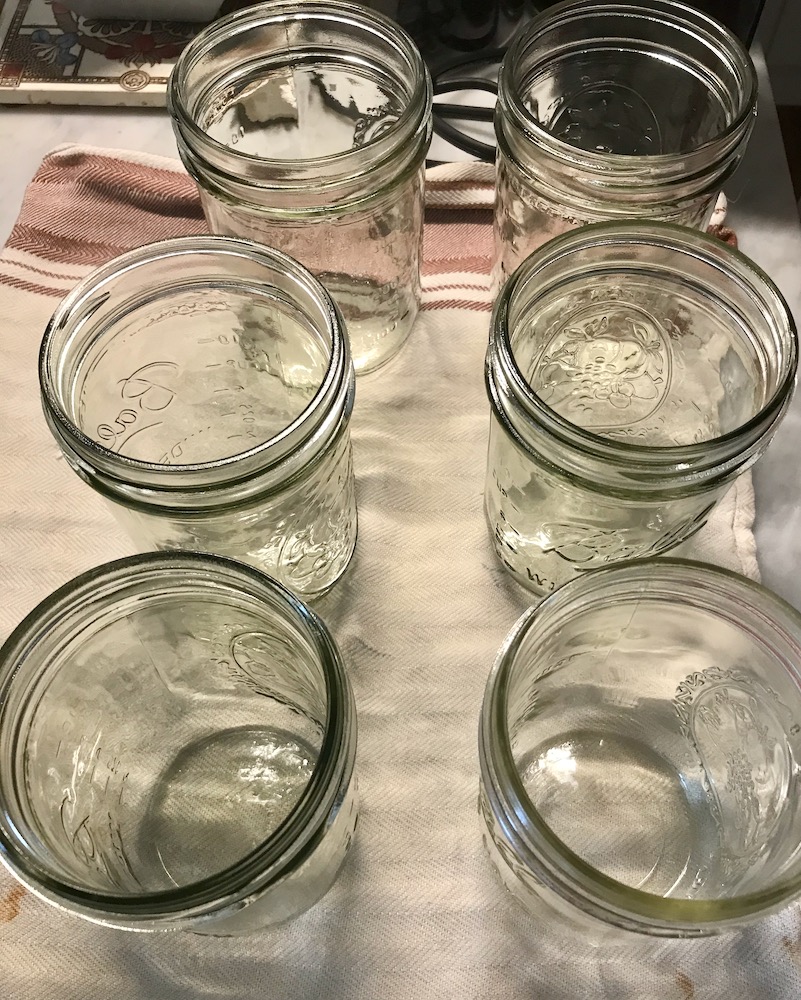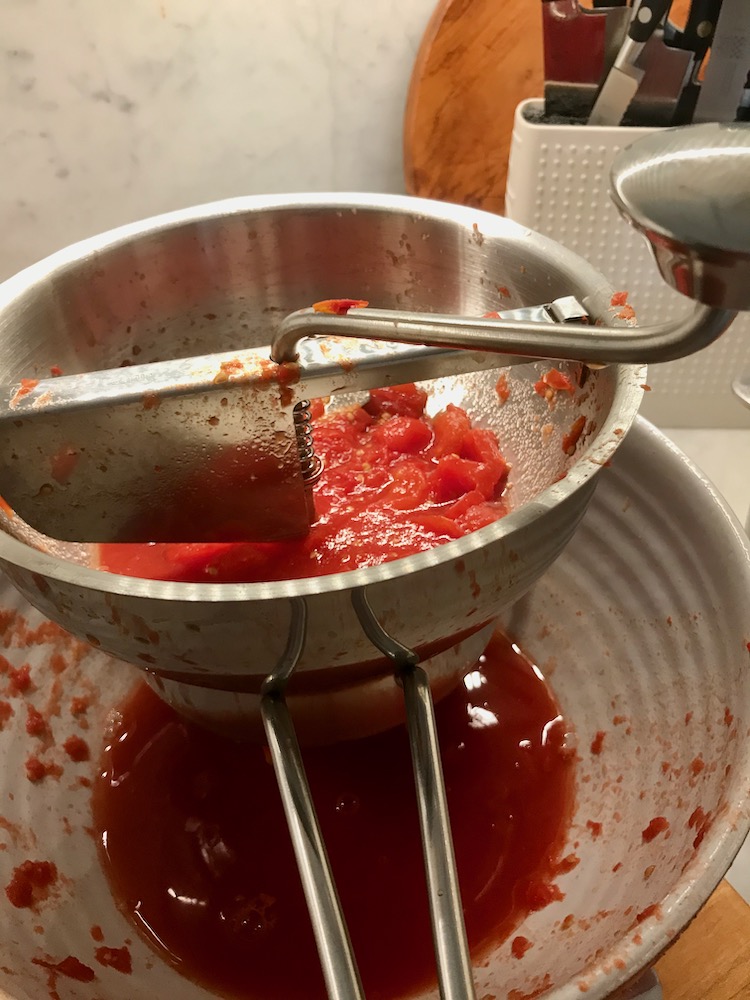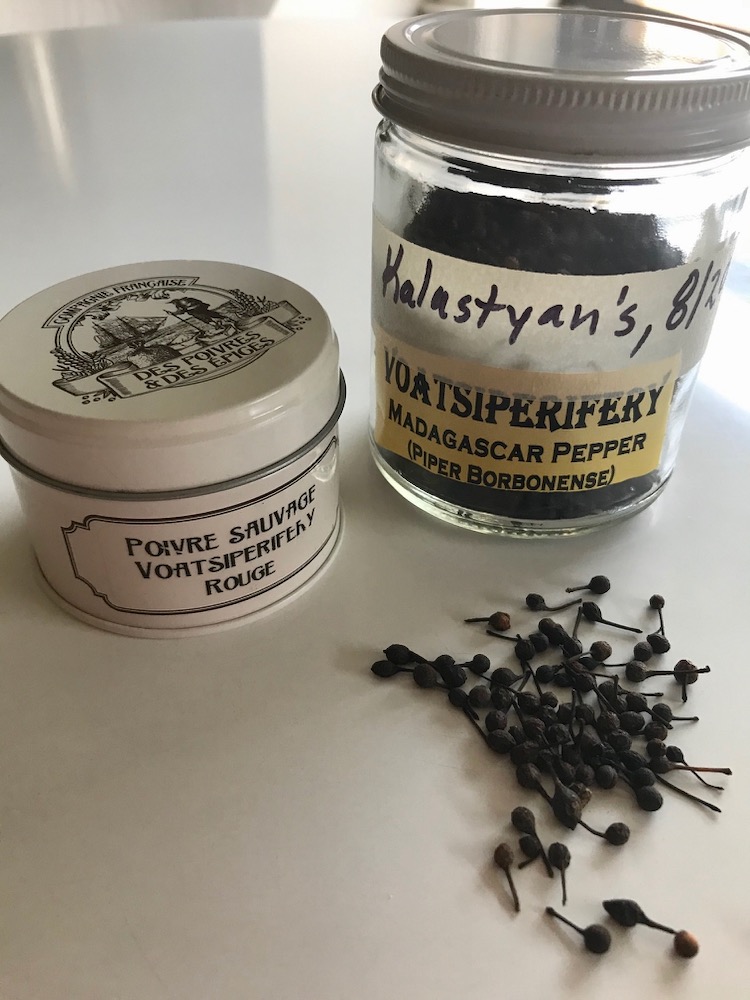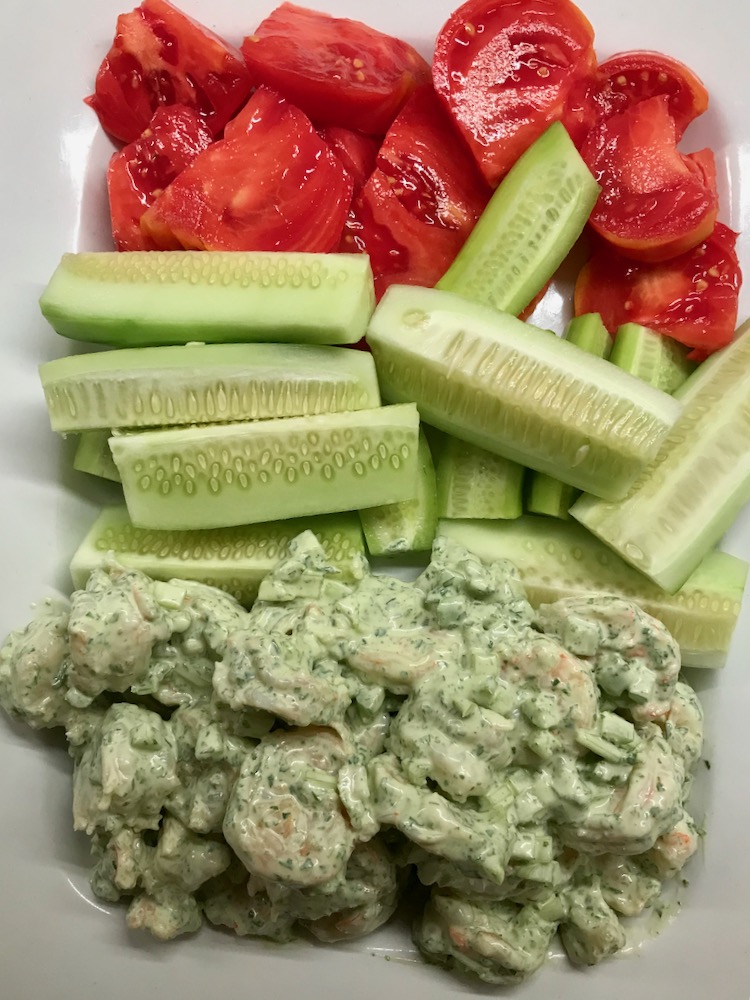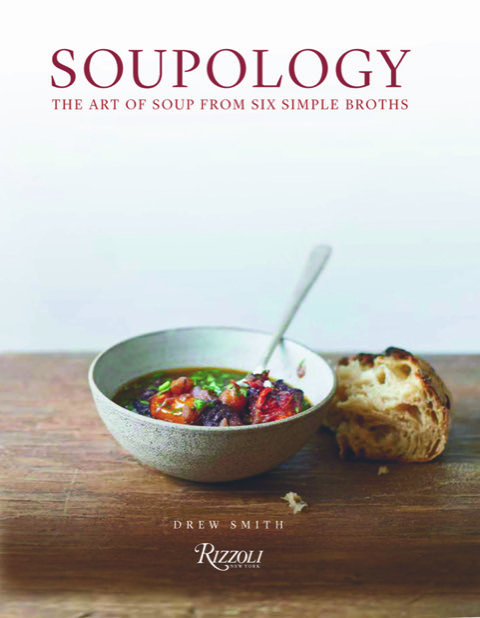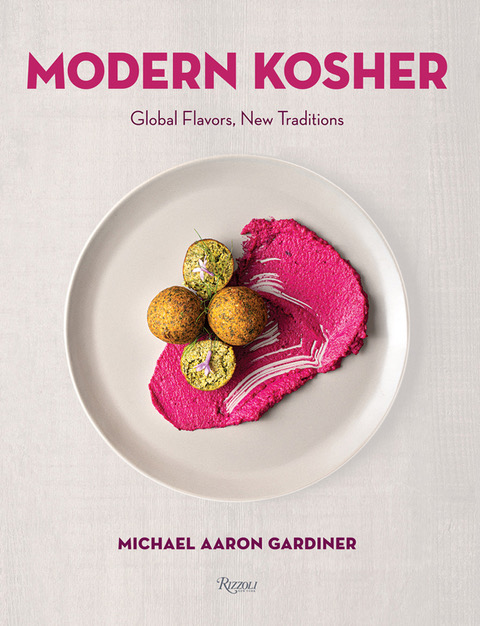My Pandemic Diary, Entry #80
Hello Fellow City Cooks,
It’s been an unexpectedly busy summer. Who knew time can fly when you’re staying home alone? With the continuing fears of Covid and the impending election, nature’s rages with fires and hurricanes, an unstable economy, plus Mark and I having several close friends and family members being seriously ill (albeit not with the virus), I am quite happy to see the end of the summer of 2020. Let’s get on with whatever is ahead of us.
On the domestic front, my to-do list is now a bit shorter. The summer’s relentless humidity really tapped my energy so I didn’t get everything done, but I did do the things that required me to be out and about. Like doctors’ appointments, some in-store errands like buying new pillows (how can you buy pillows online?), changing my watch battery (some of us still wear watches), and restocking our pantry. October is only two weeks away so I have the piano on the schedule to be tuned and I’ve got an appointment to get my flu shot at my doctor’s office on October 19. She insisted we do it this way so that she can guarantee that I get the shot, plus she wants me to have it early enough to protect me but not too early that it wears off before flu season ends. She is being cautious but I wasn’t heartened to learn that my dear Covid-surviving doctor fears this coming winter even more than I do.
I’ve also requested an absentee ballot for the upcoming election and filled out our census form. If you’ve not yet done your census, I encourage you to do so because it is acutely important and it will affect our lives for the coming decade. I also appreciate the legacy of the U.S. Census. If you’ve ever done ancestry research, maybe you know how compelling it can be to put your eyes on historic and hand-written census forms, maybe from more than a century ago, and seeing the declarations of our great+ grandparents who declared “I was here.” We should do the same. It’s a quick online task and you’ll feel noble for having done an important civic duty. Here’s the link. The deadline is September 30th.
Aside from needing to get stuff done, Mark and I are still being extra cautious, both in our social outings (we have had none) and in preparations for a possible Covid resurgence as the weather gets cold. That’s why we re-stocked our pantry and it’s why last May we ordered a small freezer, which I may have mentioned before. The latest store update says it’s due to arrive in early October. I had hoped we’d get it by now so that I could freeze some of this summer’s gorgeous farm produce, especially tomatoes, but freezers, like exercise equipment, are in big demand and delays are typical. So instead of freezing a batch of tomatoes, I canned them.
I’ll give you a bit more detail on that in a moment, but first I wanted to tell you about an interesting podcast I listened to last Saturday while I spent the afternoon turning 10 pounds of plum tomatoes into four pints of puree. I’m a fan of The New Yorker Radio Hour which you can listen to either every Saturday morning on WNYC, or on their webpage or their app.
On this particular Saturday, after hearing an hysterical interview with Bette Midler and writer Paul Rudnick , there was a piece by a favorite writer of mine, historian Jill Lepore, about the polio epidemic and what happened before and after Jonas Salk saved the children with his vaccine.
I stood in my kitchen, riveted by her story because while she said that after the polio vaccine, the epidemic was largely forgotten, I remembered. I am old enough to have been a toddler in the 1950’s. One of my first clear memories is of a summer day when I was at my aunt’s house and I wanted to go outside to play. But it was forbidden and I didn’t understand why. I had to have been maybe three or four years old, and the memory of being barred from leaving the house is vivid. I wasn’t allowed to go outside to play because polio is a child killer and it also loves the heat of summer (I write this in the present tense because polio is not yet eradicated even if its vaccine makes it seem so). So my generation’s early childhoods were spent indoors, hiding from a virus. I don’t remember the joyous celebrations that occurred when Salk’s vaccine was announced. A small child probably wouldn’t. But I do remember getting the shots. Three of them. And later, there was the added oral Sabin vaccine that tasted like sugar.
Even after we had the Salk vaccine, the scars of the polio epidemic remained in my life because like others my age, I had playmates and schoolmates who hadn’t been spared and thus wore heavy leg braces or had metal rods up their spines. For them and for us, this was all normal. This was life.
When the Covid vaccine is finally here and we return to our pre-pandemic lives, will we try to forget this time? And what will our children remember? Will it be fear? I don’t remember being afraid of polio but I think even a small child can know when there is something to reckon with. Now in the time of Covid, we need to not only find the medical solution, like Jonas Salk did, but also consider what we, the survivors (if we’re lucky) will have together experienced. At a time when we’re all so fractured and in conflict, we will have nonetheless, shared this human experience and doesn’t that deserve some understanding, some appreciation?
Groceries and Cooking
I didn’t expect to be so affected by Jill Lepore’s polio story and thinking about it distracted me as I worked my way through ten pounds of plum tomatoes. That’s not a good thing because canning (derived from the word canister) requires precision. I think I did things correctly but it’s a reminder that canning is food preservation. It’s not cooking. You can’t improvise. You must follow the rules. Otherwise you could get sick because bacteria can grow. But do it right, and it’s not hard to do so -- precision doesn’t mean difficult – and you will have the gift of seasonal foods all year-round.
I taught myself how to can about ten years ago when I received a copy of a splendid book called Well-Preserved*. It’s by the lovely Eugenia Bone, a writer and a New Yorker, and I figured that if someone could be pressure-canning jars of fresh tuna in her small city kitchen and then stashing them under her bed because she had no other storage space, then this was someone I could learn from. And I did. Here is an article I wrote in 2013 about Eugenia’s book and canning, plus a podcast interview we did with her.
I also highly recommend what many call the canning bible: The Ball Blue Book of Canning* that’s in its 37th edition. It’s written and published by the Ball Corporation, the people who manufacture the jars, lids, pectin, citric acid, and anything else that you’ll need.
There are first some sunk costs because you’ll need to buy a big pot (a cheap tin one is fine) with a rack to hold the filled jars, plus glass jars, lids (a fresh one for each jar every time), re-usable screw-on tops, special tongs to lift the full jars out of a bath of boiling water, a wide-mouth funnel to safely fill the jars, and maybe some ingredients like a bottle of lemon juice or packets of pectin to help jellies and jams come together. These things are sold everywhere – hardware stores, at Target, Bed Bath & Beyond, and of course, Amazon. Shop around for prices because they can really vary, with Amazon often being the most expensive.
So far this season, I’ve turned five pounds of Greenmarket red peppers into several half-pint jars of hot red pepper jelly (it’s more like jam, actually) and a total of 20 pounds of plum tomatoes into ten pint jars of puree (I did the tomatoes over two successive Saturdays). I like having unseasoned purée for its versatility so that I can use it in chili or chicken cacciatore, or just turn it into a plain marinara sauce. To make the purée I follow a process used by Stephen Cusato, a YouTuber whose terrific channel is called Not Another Cooking Show. Here’s that episode when he puréed the tomatoes which he planned to freeze. I instead canned them using a water bath, following instructions from Eugenia Bone’s book.
If you’re interested in canning, I encourage you to try. Don’t be intimidated but appreciate that it’s a process and a project that can be fun. Learn the protocols. Buy the tools you’ll need. And work with a trusted guide. I highly recommend the Ball Blue Book as the way to begin. It was how I learned and I still use it as my primary rule book year after year. Start with something easy, like tomatoes or strawberry jam, or this winter you could make orange or grapefruit marmalade when citrus is in season. But do your homework, know the rules, and give yourself the time to do it without stress (like a long afternoon). And maybe don’t listen to a podcast about viruses at the same time.
Another late summer grocery adventure was when Mark and I took the bus to Kalustyan’s, New York’s most famous spice store. It’s a store I write about often that’s located in “Curry Hill,” the East Side Manhattan neighborhood between Murray Hill and Gramercy, known for its affordable Indian restaurants and South Asian stores. Kalustyan’s ships nationwide and does local delivery and curbside pick-up, but I called ahead and they said the store was open and never crowded so we decided to go in person. Besides, even if you know what you plan to buy, this is a store that always inspires.
We bought jars of Mark’s favorite hot mango chutney with nuts, bags of small fregola, my usual Tellicherry peppercorns, granulated garlic, and a small bag of an amazing pepper I discovered last year when I was in Paris. While on a walk, Mark and I came upon a petite shop on the Left Bank, on Place de Furstemberg, called Compagnie Française des Poivres & des Épices. It was one of those places, even if you’ve never been to Paris, that you imagine you'd find around almost any corner.
The shop itself was exquisite, a little mysterious, and of course, fragrant. The man working there was expert and meticulous. Each spice was presented in a wee dish under a miniature bell jar that you’d lift and inhale from. Just as I thought I couldn’t distinguish one more spice from the next, I lifted a final little glass cover, placed it over my nose, took a breath and experienced heat and sweet and woodsy and citrus. It was called Poivre Sauvage Vortsiperifery Rouge and it is a rare wild red pepper from Madagascar. I chose not to remember how many Euros bought a tiny tin (I mean tiny – I think there were about 30 grams in the pretty enameled can) but it was my favorite souvenir of our trip.
Once home, I measured out about half of the fragrant little reddish-brown peppercorns, most still attached to their delicate stems, ground them into a coarse powder using my spice mill, added some good French salt, and rubbed them both over a rack of pork ribs. Three hours later spent in a low oven, during which I flipped the ribs every 45 minutes, the pepper’s aroma filled my kitchen. That combo of heat, sweet, wood and citrus that I first inhaled in the tiny Parisian spice shop had combined with the delicate savory of roasted pork and unctuous rendered fat and it was heavenly. The bad news was that I only had enough peppercorns left to make one more rack.
Fearing I’d never get to buy this pepper again, I checked Kalustyan’s website. I should have known. There it was. It’s still expensive (although less than in Paris) but I bought the smallest bag and am counting on Kalustyan’s to keep it in stock.
Even with a stash of my fancy red pepper, it’s been too hot to turn the oven on to make those ribs again, plus it’s been such a bizarre summer that my recent cooking has stayed unadventuresome and lazy. I got a little inspiration from the weekly Greenmarket and made vichyssoise with zucchini (an idea from Ina Garten). Twice I made pasta with raw tomatoes, basil and burrata. Occasionally I’d broil a beef or lamb steak that we’d eat sliced with (more) tomatoes and spears of tiny cucumbers, or with room temperature steamed baby beets alongside a slice of French feta. I made potato salad in an old-fashioned classic way as in this recipe from Fine Cooking with a sour cream and mayonnaise dressing and tiny diced red onion and celery, omitting the hard-boiled eggs. There were always salads and I’d regularly pan cook or broil whatever fish looked good. And it wasn't just the weather. In this emotional climate, it’s hard to know what to make, and keeping things simple made sense.
After my last diary entry when I wrote about adding sauces or toppings to put on simply cooked foods, I was reminded of Green Goddess Dressing, a truly luscious invention that is best made in the summer because that’s when we can get the freshest tarragon, basil, parsley and other green herbs that create this old fashioned yet timeless flavor bomb. I love it on cold poached shrimp (on a hot summer day you can cook the shrimp in the morning – I just peel and clean the shrimp and boil them for about 2 to 3 minutes until they’re opaque, then drain and rinse with cool water to stop the cooking – and let them chill all day. Then make the dressing and toss some with the cold shrimp. Serve with a green salad or sliced raw vegetables and it’s a perfect summer supper. I often make a double amount of the recipe because it’s versatile as a dip, or in place of mayo on potato salad, or alongside a room temperature piece of cooked salmon or leftover chicken.
There are a lot of recipes for Green Goddess Dressing but I love the one from Samin Nosrat that’s published in The Times’ food section that uses mayonnaise with yogurt instead of sour cream. All you have to do is put all of these ingredients, except the salt and pepper, into a food processor and process until everything is smooth and uniformly green. Samin adds the tarragon and chives after processing everything else but I just put it all together at once and it’s fine. Transfer to a bowl or storage container, add salt and pepper to taste, and maybe a little more lemon juice. Keep it chilled until you’re ready to use it.
2 oil-packed anchovy fillets
1/2 cup mayonnaise, preferably Hellmann’s/Best Foods
1/3 cup full-fat Greek yogurt
1/2 cup parsley leaves
1/3 cup basil leaves
1 tablespoon lemon juice
2 tablespoons finely chopped fresh tarragon leaves
3 tablespoons minced chives
Salt
Freshly ground black pepper
Cookbooks
The fall is always peak time for new cookbooks. As the weather changes, folks start turning on their stoves again, plus it’s not too soon to be looking for holiday gift ideas. The publishers have been busy and I’ve received quite a few new titles, some of which I thought you might want to know about.
The Cocktail Dictionary*, by British drinks expert Henry Jeffreys, is a very fun A to Z guide to 100 cocktails, including both classics and modern drinks. With background stories and historic anecdotes and the humor you might expect from a Brit about cocktails, this charming volume would please anyone who is a cocktail lover or who just loves to read about the history of food and drink. The book begins with the Aberdeen Angus (made with Scotch whisky, clear honey, fresh lime juice and Drambuie) and ends, appropriately, with the Zombie (a tiki drink with 12 ingredients including 3 different rums, lime and grapefruit juice, syrups, and maraschino cherries). Jeffreys’ stories include things both familiar and obscure, as when he demystifies why the Moscow Mule is always served in a copper mug. At 6 by 8 ½-inches and 224 pages and a $20 cover price, this hardcover book is the perfect size to go on a bar cart and would make a great gift to accompany a bottle of a favorite spirit or a pair of martini glasses (or copper mugs). And George Wylesol’s fabulous illustrations, that have the vivid colors and bold images evocative of Heinz Edelmann’s Yellow Submarine artwork, add wit and modernity to this completely winning book. It will make anyone thirsty. The book is available on October 6.
The Ladies’ Village Improvement Society Cookbook* was actually published in April but it has year-round appeal. It’s a 125th anniversary tribute to an East Hampton organization founded to help preserve the beauty and character of that posh seaside town. Done with 21st century glamour but reminiscent of a church ladies’ recipe book in the best sense, author and New York Times writer Florence Fabricant has pulled together 20 year-round menus and 100 recipes, each provided by a local resident, some of whom are LVIS (as it’s shorthanded) members and others are famous names, including local chefs and celebs like Ina Garten. The book is handsome and appealing, with gorgeous food photos as well as historic images of the LVIS’s century and a quarter of support for this beautiful and bucolic seaside and farm-stand town. For me what made this cookbook stand out were not its celebrities nor the good deeds of the LVIS, but its sheer volume of winning and accessible menus and recipes. There are dishes like Fettuccine with Asparagus and Blue Cheese (from Pierre Franey), Oven Fried Garlic Chicken, Rosemary-Roasted Striped Bass, Birdhouse Potatoes With Brussels Sprouts, Snap Peas and Mushrooms (from Laurie Anderson), and Bourbon Punch. When the time comes that we can entertain again, Fabricant’s menus will inspire and until then, any family would enjoy both making and eating many of its dishes.
Soupology: The Art of Soup From Six Simple Broths* may not be the cookbook you’d reach for right now after this long, fire-filled summer when few are hankering for a bowl of hot soup. But when the weather cools, and it will, soup will again be something we crave. In his new cookbook, author and British food writer Drew Smith has 60 different soup recipes using six “mother broths”: vegetable, chicken, beef bone, fish, shellfish, and komba. I like Smith’s concept of mastering one or all of these broths and then using broth to expand your soup repertoire and confidence. As using chicken broth to make Cream of Chicken and Mushroom Soup or Kale Stracciatella. The beef bone broth is the basis for Rich Man’s Pho, Old Fashioned French Onion Soup, or Proper Borscht. And the kombu broth can become Monkfish with Ginger Soup or Two Mushroom Miso Soup. The recipes have international flavors, are made with affordable ingredients, and look to be both nourishing and delicious.
Modern Kosher: Global Flavors, New Traditions* is by Michael Aaron Gardiner who is a food-writer/lawyer in San Diego. Gardiner has put together 100 recipes that capture what happens when a people travel the world – by choice or not – bringing their dietary laws with them and cooking with local ingredients. The book is in three parts: 1) large and small plates from Ashkenazi, Sephardic, and contemporary Israeli traditions; 2) global recipes from Asia, India, Latin and European countries, and the Middle East; and 3) The Pantry – sauces, stocks, spice blends, and more. Examples of the recipes include Tomato Matzo Ball Soup with Pickled Garlic Chives, Shakshuka with Feta & Black Olives, Short-Rib Goulash, Arancini of Mozzarella & Mushroom Risotto, Roasted Tomato, Arbol Chile and Garlic Salsa, and Duck Pozole Rojo and the recipes include gluten-free, vegan, and vegetarian dishes. I think Gardiner really succeeded in producing an inspiring and appetizing collection that lives up to its title and for anyone interested in fusion cooking and diaspora food that satisfies modern tastes, this volume is highly recommended.
Pandemic Tips
This diary entry has become quite long so I’m going to save a few things until next time. But I didn’t want to finish before acknowledging the recent death of writer Julia Reed.
I was such a fan. I have nearly all of her books, both the cookbooks and her essay collections that had titles like But Mama Always Put Vodka In Her Sangria. One of her last cookbooks, Julia Reed’s South: Spirited Entertaining and High-Style Fun All Year Long*, a book both personal and encapsulating, has had pride of place in my kitchen since it was published in 2016, sharing a shelf above my desk with my four signed Marcella Hazan cookbooks and my own book’s first off-the-press copy.
I’d been told a while ago that she was ill but seeing that her work continued to be so ample, with more books, a new bookstore and on-line merchant supporting local artisans, a fund-raising hot tamale festival, and her irresistible monthly columns in Garden & Gun, that I had hoped she had made a good turn. I was so sad to be wrong.
I loved Julia Reed’s style, her appetites, and of course, that wit. I also liked her politics and remember her using her celebrity to be an advocate in the aftermath of Katrina. If you were also a fan, or if you’re interested in knowing more about her, I’d suggest you read this admiring and intimate obituary from The Delta Democrat Times, published in Greenville, Mississippi where Julia Reed was born and lived when she died. It was written by historian Jon Meacham who was a close friend.
Or maybe better, remember her by making her recipe for her delicious Hot Cheese Olives, as much her signature as were her Blahniks.
Sending prayers and a hope for clean air to our friends in California and Oregon.
Stay safe, stay engaged, and have a nice dinner.
Kate McDonough
*The City Cook contains affiliate links whereby The City Cook may receive commissions if you choose to purchase through them. There is no extra cost to you if you use these links. Moreover, The City Cook sometimes receives free review copies of cookbooks, both hardcover and as e-galleys, from publishers. There are no obligations or promises made in exchange for our receiving these books.
